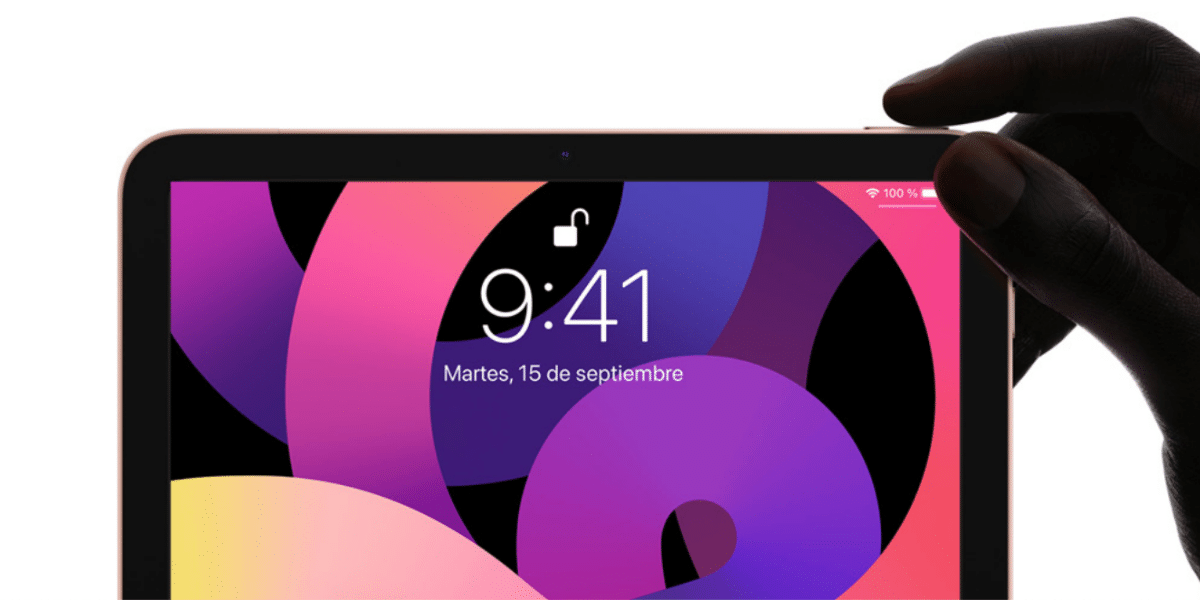
At last month's event Apple launched new products among which is the iPad Air 4. A great evolution of this range of tablets that acquires novelties in terms of design and hardware. One of those novelties is the rejection of Face ID, unlike its Pro counterpart. In addition to a new design in which the home button disappears, achieving a larger screen with fewer frames. Another novelty is what Apple has described as 'a great feat'. Is about the integration of the Touch ID sensor in the power button on the top, We will tell you the ins and outs of this 'great work of engineering'.
The great feat of redesigning Touch ID on the iPad Air 4
On the podcast Same brain led by iJustine and Jenna have had the honor of interviewing John Ternus and Bob Borchers. The former is vice president of hardware engineering at Apple. While the second, Borchers, holds the vice president of product marketing also in the big apple. Throughout the episode they talk about 'the year of the iPad', the news of the iPad Air 4 and the 8th generation of the iPad launched last September.
(On adding Touch ID to the home button). It is an incredible feat of engineering to achieve that fingerprint sensor with all the capacity and security in a new format.
La Touch ID integration in the power button It allows the iPad Air 4 to say goodbye to the Home button and to receive a design much more akin to that of the Pro range. However, behind this technology there are millions of dollars invested in research and development. In order for everything to work perfectly: get a safe and functional finger unlock with a minor exposed fingerprint.
John Ternus commented on the podcast that the complex thing was to get a complete image of the fingerprint and then manage to unlock the device with a minimum part of that fingerprint, which is the fragment of the fingerprint that fits on the power button. In addition, another problem that Apple engineers encountered is interference between two fundamental components: the wireless antenna of iPads that support mobile data and the Touch ID sensor:
The challenge was getting this incredibly sensitive touch ID sensor into an incredibly sensitive antenna, and we had to figure out how to get them to work together and prevent them from "talking" to each other causing interference.
The final result is more than satisfactory, achieving a new iPad Air 4 whose price starts from 649 euros with totally valid specifications.
Come on Ángel González…. that they already have in Andorid more than a «five years»….
… Engineering work… why not change the antenna or the site button?
Hello. They are not my words, as you can see. Each company can determine what it considers to be its progress and these two vice presidents consider it a feat in engineering, I am not making it up.